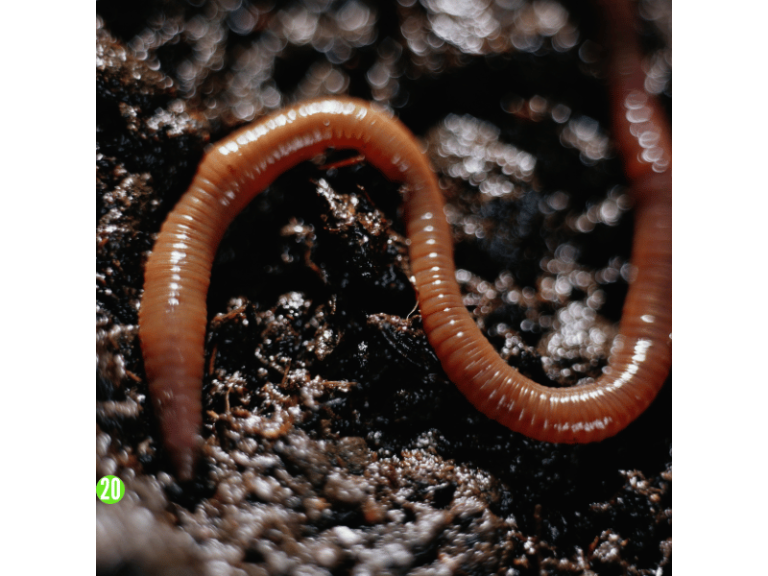Higher vertebrates such as horses, cattle, and sheep breathe using lungs. Among fish, except for lungfish which have primitive lungs, others primarily use gills for respiration. Earthworms, being lower animals, do not have lungs or gills.
So how do earthworms respire without lungs? Earthworms live in moist soil, and their bodies are often wet and slippery because they are covered with a thin, mucus-secreting skin.
Earthworms rely on their skin for respiration. The skin stays moist, which allows oxygen from the air outside to dissolve into the mucus on the skin surface. This oxygen then diffuses into tiny blood vessels within the skin, where it is transported throughout the body to meet the oxygen needs. Waste gases (carbon dioxide) produced in the body are carried by the blood to the tiny blood vessels under the skin, where they diffuse into the mucus and are expelled to the outside environment. This is how earthworms respire and maintain their ability to live.
From this explanation, we understand the critical importance of keeping the earthworm’s skin moist. If the skin dries out, respiration cannot occur, preventing the earthworm from obtaining the oxygen it needs and expelling the carbon dioxide it produces, ultimately leading to its death. This also explains why earthworms are commonly found in moist soil.

